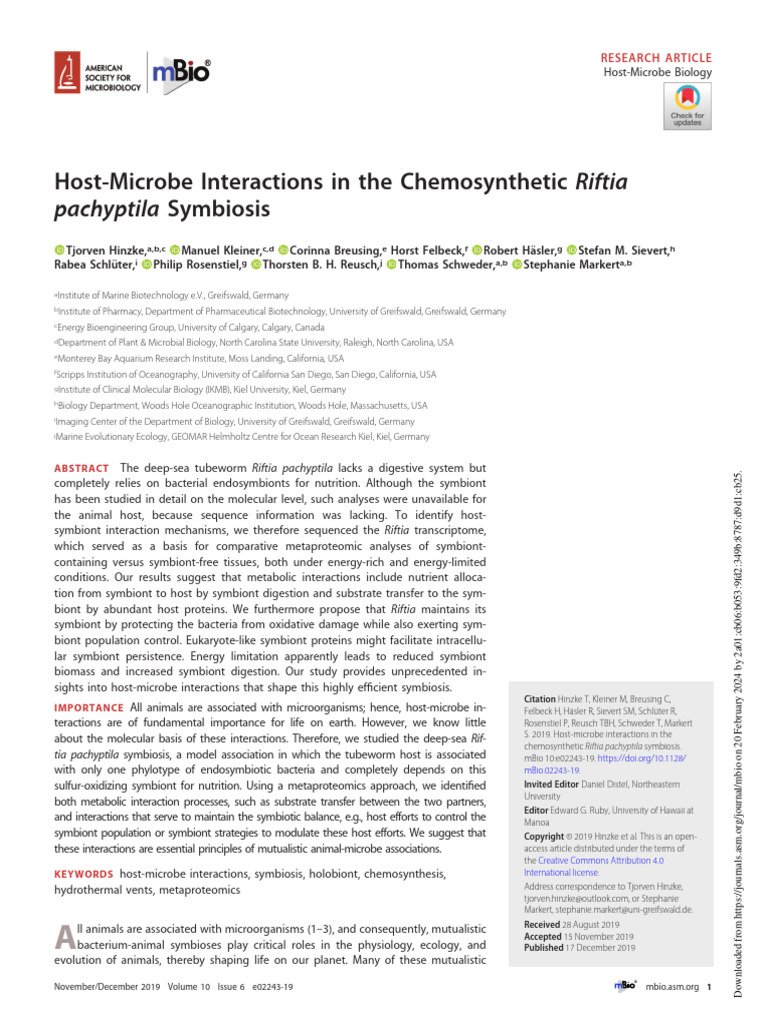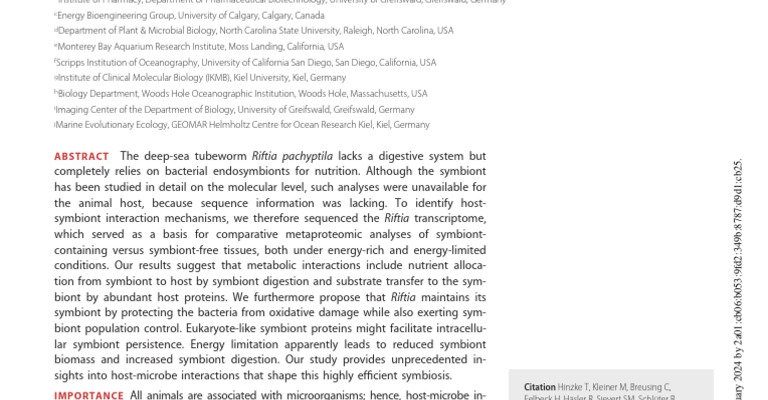
So, how do researchers manage this? They set up specialized video cameras to observe and chronicle the daily lives of *Riftia pachyptila*. These cameras help scientists catch interesting behaviors that would be nearly impossible to see otherwise. Let me guide you through the process of documenting these marvelous creatures with field cameras, and we’ll explore some of the challenges and triumphs along the way.
Understanding Riftia Pachyptila
*Riftia pachyptila* is not just any ordinary worm. These deep-sea inhabitants thrive in environments that would be lethal for most other organisms. Found near hydrothermal vents, they have a symbiotic relationship with bacteria that convert the chemicals from the vents into energy. It’s kind of like having a built-in chef! Instead of hunting for food, they rely on these bacteria for sustenance.
These tube worms can live for years, growing communities around the vents. Imagine a bustling underwater neighborhood, all powered by geothermal energy. The vibrant ecosystem they create is a rich habitat for various marine life. This makes studying *Riftia pachyptila* important for understanding deep-sea biology and the effects of changing ocean conditions.
As researchers document their behavior, they can learn about their feeding habits, reproduction, and even how they interact with other species. The more we know, the better we can protect these fragile ecosystems.
The Role of Field Cameras in Research
Field cameras have become indispensable tools in wildlife studies, especially in hard-to-reach ecosystems like those housing *Riftia pachyptila*. These cameras allow researchers to observe behavior without disturbing the natural environment. Think of them as silent observers, capturing the everyday lives of these underwater wonders.
One popular choice is the GoPro Hero series, known for its durability and high-quality video. These cameras can withstand extreme pressures found at ocean depths, which is crucial. Researchers can place them near hydrothermal vents for extensive periods, gathering hours of footage. They record light, movement, and even changes in the surrounding water.
Here’s the thing: setting up these cameras isn’t as simple as just pressing a button. Researchers must consider things like angle, depth, and duration of the recording. Effective placement is key, and sometimes it can take a few tries to get it just right. They might even have to make adjustments to capture those elusive moments when *Riftia pachyptila* is most active.
What Do Researchers Aim to Capture?
When documenting *Riftia pachyptila*, researchers focus on various behaviors. These include feeding habits, interactions with other marine organisms, and even how they respond to changes in their environment. By studying these behaviors, scientists can gather valuable information about the overall health of the ecosystem.
One fascinating behavior is their feeding process. The worms extend their plumes to capture nutrients from the water around them. Observing this process can provide insight into how effectively they’re processing the energy released from the hydrothermal vents. Additionally, watching how they interact with other animals, like predators or competing species, unveils their role in the marine food web.
Moreover, researchers also keep an eye out for how these organisms react to changes in temperature or chemical composition in their environment. Given the impacts of climate change and human activity, understanding these behaviors can help predict future shifts in deep-sea biology.
Challenges in Documenting Underwater Behavior
While documenting *Riftia pachyptila* sounds glamorous, it comes with its hurdles. One significant challenge is dealing with the extreme conditions of deep-sea environments. High pressures, low temperatures, and darkness mean that cameras must be specially designed to endure such conditions.
Battery life is another issue. Depending on the model, cameras may require frequent checks or replacements, which can be tricky in highly remote areas. Some researchers opt for models with extended battery life or those that can be remotely controlled to reduce the need for physical retrieval.
Another challenge is the sheer unpredictability of underwater life. You might set up a camera hoping to capture a rare feeding event, only to find out it recorded nothing but empty space for hours. It’s all part of the process, though. Patience and persistence are essential traits for anyone working in this field.
Analyzing Recorded Data
Once the field cameras have done their job, it’s time for the fun part—analyzing the footage! Researchers watch hours of video, looking for specific behaviors and interactions. It can feel a bit like being a detective, piecing together clues about the daily lives of *Riftia pachyptila*.
During this process, scientists often use software to help organize and categorize the data. They might note times when the worms feed, interact with other species, or even display unusual behaviors. This detailed analysis can lead to new understandings about the species and its role in the ecosystem.
You might be wondering about the practical applications of this data. Well, understanding *Riftia pachyptila* can offer insights into the health of the entire ecosystem around hydrothermal vents. It can inform conservation efforts and help predict how the ecosystem will respond to environmental changes.
The Future of Documenting Deep-Sea Life
Looking ahead, the future of documenting creatures like *Riftia pachyptila* seems promising. As technology advances, researchers can use even more sophisticated equipment. Innovations like autonomous underwater vehicles (AUVs) are becoming popular, allowing for extensive, remote sampling of deep-sea environments.
These technological advancements not only enhance our understanding of *Riftia pachyptila* but can also lead to discoveries about countless other species living in similar habitats. Each new piece of information contributes to our broader knowledge of ocean health and biodiversity.
The journey of documenting these underwater creatures is ongoing, but it’s exciting. As researchers keep diving deeper (yes, I went there again), we’ll uncover more about the incredible lives of organisms that thrive in one of the most extreme environments on our planet.
Documenting the behavior of *Riftia pachyptila* using field cameras is a remarkable blend of technology, biology, and perseverance. As scientists navigate the challenges of deep-sea research, they reveal the hidden wonders of our oceans. The insights gained from studying these unique tube worms can help us protect delicate marine ecosystems and appreciate the complexity of life beneath the waves.
So, the next time you think about the ocean, remember the tireless researchers capturing the daily lives of these extraordinary creatures. There’s a whole world down there waiting to be explored, and every little discovery is a step toward understanding our planet better.

